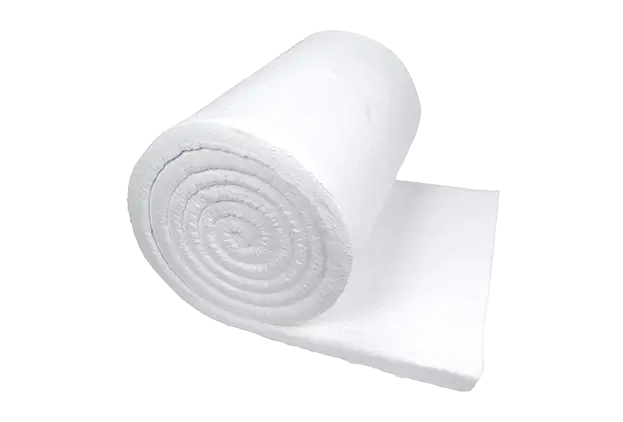In today's industrial landscape, the quest for energy efficiency has become increasingly critical, particularly in high-temperature environments where traditional insulation materials often fail to perform. Ceramic fiber insulation blankets have emerged as a vital solution, offering not only remarkable thermal stability but also enhancing overall energy management. This article delves into the benefits and applications of ceramic fiber insulation in high-temperature industries.
High-temperature insulation is crucial for industries like metal processing, glass manufacturing, and petrochemical sectors where temperatures can soar to extreme levels. The efficiency of thermal insulation directly affects energy consumption, operational costs, and environmental impacts. Poor insulation leads to significant heat loss, necessitating more energy consumption to maintain required temperatures.
Ceramic fiber insulation blankets possess unique properties that make them ideal for high-temperature applications:
The synergy between ceramic fiber insulation and energy efficiency cannot be overstated. By minimizing heat loss, industries can achieve lower energy bills and reduced carbon footprints. This alignment with sustainability goals not only enhances company image but also meets growing regulatory demands for reduced emissions.

Implementing ceramic fiber insulation has been proven to enhance energy efficiency across various sectors. For instance, in metal processing plants, adopting these insulation solutions has resulted in notable reductions in energy consumption and operational costs. Furthermore, many companies report improved temperature regulation in furnaces and kilns, leading to more consistent product quality.
As industries continue to face the dual challenges of energy efficiency and sustainability, ceramic fiber insulation stands out as an effective solution in high-temperature applications. Its unique properties not only provide thermal stability but also contribute significantly to energy savings and environmental compliance. Embracing this technology could be instrumental for industries aiming to enhance operational performance while minimizing their ecological footprint.
